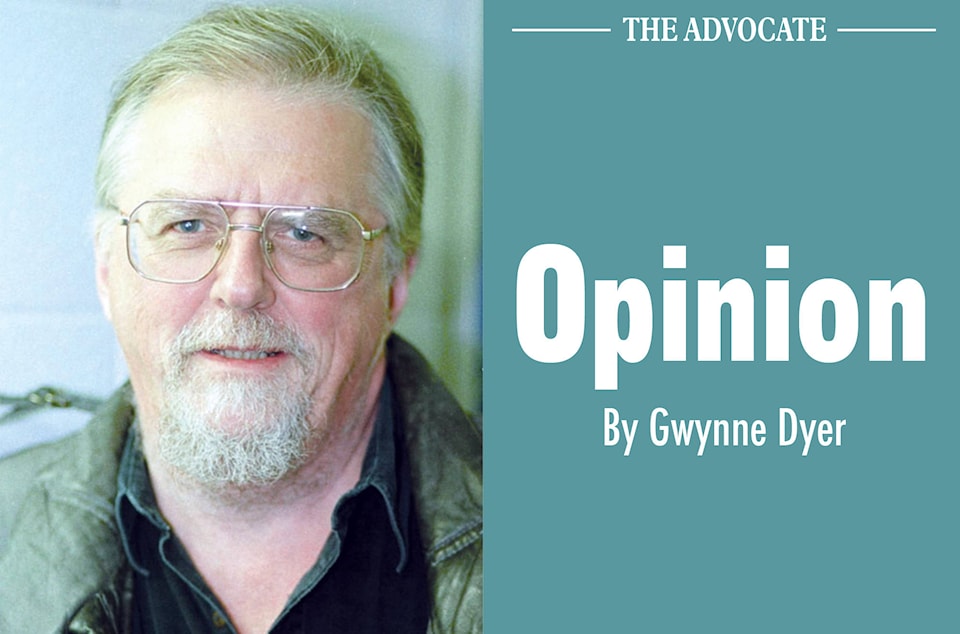From the Ceausescus (overthrown and shot 1989) to the Mugabes (removed in a non-violent military coup 2017), husband-and-wife teams running authoritarian regimes seem to have a particularly high casualty rate. And now it may be the turn of the Nicaraguan team: President Daniel Ortega and his wife, Vice-President Rosario Murillo.
The protests that have convulsed Nicaragua for the past two months were initially triggered by a new 5 per cent tax on pensions and an equally modest increase in social security contributions. It was an ill-judged attempt to balance the books on a fairly generous welfare system, and the government quickly cancelled the changes once the demos started.
Yet the protests continued, and by now there are 90 people dead and almost a thousand injured. The great majority of the victims are students and others who have been shot by the police, or by gangs linked to the ruling Sandinista party that killed people while the security forces stood back and did not intervene.
It really is about the survival of the Ortega-Murillo regime now and it is appropriate to call it that, although there are still more or less free elections in Nicaragua. Ortega is now in his third consecutive term, having removed the two-term limit in the constitution, and the electoral law has been changed to let a presidential candidate win with as little as 35 per cent of the vote.
Indeed, many Nicaraguans believe that Ortega and his wife are now in the process of founding an actual dynasty.
Meanwhile, powerful opponents of the Ortega-Murillo family within the Sandinista party have been systematically weeded out of the government. The Supreme Court is now stuffed with appointees loyal to the regime. And the Ortegas and their allies have large but ill-defined interests in TV stations, fuel companies, and the proposed trans-Nicaragua rival to the Panama Canal.
It’s a strange place for once-radical young revolutionaries like Ortega and Murillo to have ended up. They met in exile in Costa Rica when the ruthless Somoza regime still ruled Nicaragua, and rose to prominence together after the Sandinista revolution overthrew the Somozas in 1979.
They served the revolution loyally during the 1980s while the Reagan administration in Washington tried to destroy it using the CIA-backed ‘contra’ rebels in a war that killed 30,000 people. Daniel Ortega was even elected president in 1984, but then lost the 1990 election to a coalition of opposition parties.
He ran for president again in 1995 and in 2000, and lost to the more or less the same conservative coalition both times. It was during this long spell in the wilderness that he gradually realized that his more extreme ideas frightened a lot of people and began to tone them down. It may have been a purely tactical change at first, but if you say something often enough you may start to believe it.
By the time Ortega returned to power in the 2006 election, he was a changed man. No more Marxist rhetoric, and he was now presenting himself as a devout Catholic. After having five children together, he and Murillo finally got married in 2005 – in a Catholic church. And the truth is that he won that election largely thanks to a deal with the powerful Catholic Church that banned abortion in Nicaragua.
He has won two more elections since then, and would now be classified as a man of the centre-left in most Western countries: pro-welfare state, but pro-capitalist too. Many leading figures in the Sandinista Party have made the same journey with him, and Rosario Murillo was probably already there.
The social welfare measures introduced by the Sandinistas in the 1980s survive, but Ortega and Murillo are far to the right of where they once were. The suspicion has grown that they are exploiting their political power to build their own business empire. The protests against them certainly have right-wing support, but it is actually left-wing students who dominate the demonstrations in the streets.
So the Ortegas have probably reached the end of the road. Nicaragua has not.
Gwynne Dyer’s new book is ‘Growing Pains: The Future of Democracy (and Work)’.
